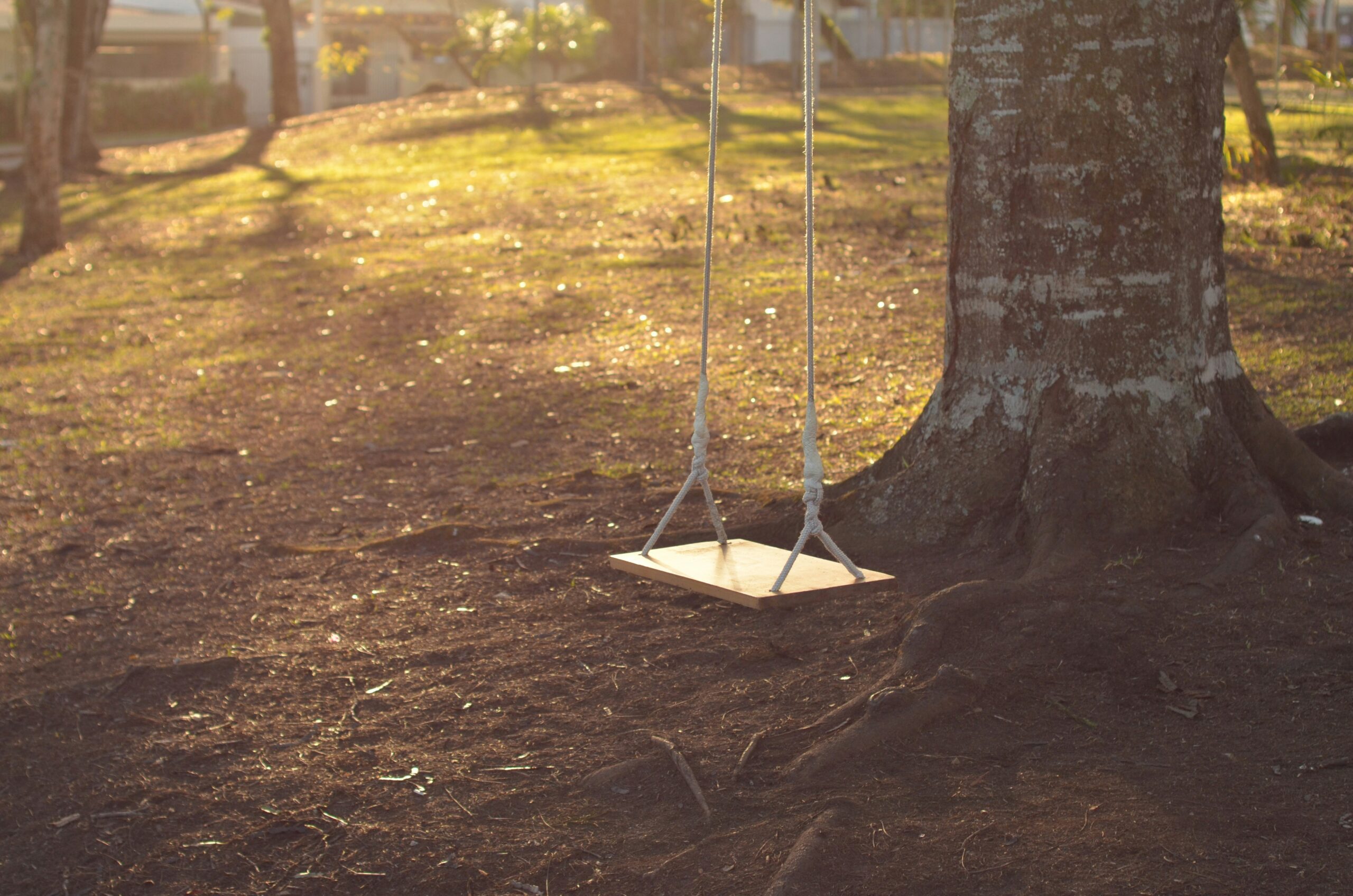Ever bought a fancy glass toy for your pet, only to watch it shatter after two days of enthusiastic chewing? Yeah, us too. It’s frustrating when something marketed as “durable” crumbles faster than your patience on cleaning day.
In this post, we’re diving deep into lifespan expectations for glass pet toys. We’ll cover:
- What makes glass toys so appealing (and risky).
- How long you can expect them to last.
- Tips to maximize their durability.
Table of Contents
- Key Takeaways
- Why Choose Glass Toys Anyway?
- Step-by-Step Guide to Selecting Durable Glass Toys
- Best Practices for Extending Their Lifespan
- Case Study: Real-Life User Stories
- FAQs About Glass Pet Toys
Key Takeaways
- Glass toys are durable—but only if they match your pet’s play style and strength.
- Average lifespan ranges from 6 months to several years depending on usage.
- To extend longevity, supervise playtime and clean regularly.
Why Choose Glass Toys Anyway?
“But why would anyone buy glass toys in the first place?” Good question!
I once gifted my dog a rubber chew toy, thinking he’d love it. Spoiler: He didn’t. The thing smelled weird, and within weeks, teeth marks turned into toxic little bits of fluff floating around my living room floor. That’s when I discovered glass toys—non-toxic, stylish, and surprisingly resilient (when chosen wisely).
However, not all glass toys are created equal. Some are chef’s kiss for pets with moderate chewing habits; others might sound like maracas during one overly enthusiastic session before *pow*—they’re done.

Step-by-Step Guide to Selecting Durable Glass Toys
Optimist You: “This will be fun!”
Grumpy You: “Ugh, fine—but let me finish my coffee first.”
Step 1: Match Toy Type to Your Pet’s Personality
Different breeds have different needs. A small guinea pig won’t care about heavy-duty materials, but a German Shepherd definitely does. Look for toys labeled “impact resistant.”
Step 2: Check Material Thickness
Thicker glass means better durability. Avoid anything less than 5mm thick because thin designs feel fragile—a rookie mistake I made once (thanks for nothing, Amazon reviews).
Step 3: Inspect Finish Quality
Smooth finishes prevent cracking or chipping, which could hurt your furry friend. Run your fingers over edges—if they’re sharp, skip it.

Best Practices for Extending Their Lifespan
- Supervise Playtime: Always keep an eye on pets while they interact with these toys.
- Clean Regularly: Use warm water and mild soap. Avoid harsh chemicals that degrade material integrity.
- Store Safely: Keep glass toys away from other hard objects that could scratch or damage them.
Case Study: Real-Life User Stories
Jane D., a cat owner from Portland, shares: “My tabby loved her new glass ball—it survived six months of daily bat-and-chase sessions! The secret? Supervision and cleaning every week.”
On the flip side, Mike S.’s Labrador destroyed his expensive glass tug toy in 20 minutes flat. Why? No supervision + aggressive chewing = disaster waiting to happen.
FAQs About Glass Pet Toys
Are Glass Toys Safe for All Pets?
Not at all. Small animals like hamsters or gerbils may do okay, but large dogs require tougher alternatives.
Do They Break Easily?
Depends on quality and use. High-quality products hold up well under normal conditions.
How Long Do They Typically Last?
Six months to two years—an average assuming proper care.
Conclusion
To sum it up: Glass toys offer incredible benefits but come with caveats. With careful selection, regular maintenance, and attentive usage, you can enjoy their perks without worrying about early breakage.
Like a Tamagotchi, your glass pet toys need daily TLC to thrive. Now go treat yourself—and your pet—to something shiny!


